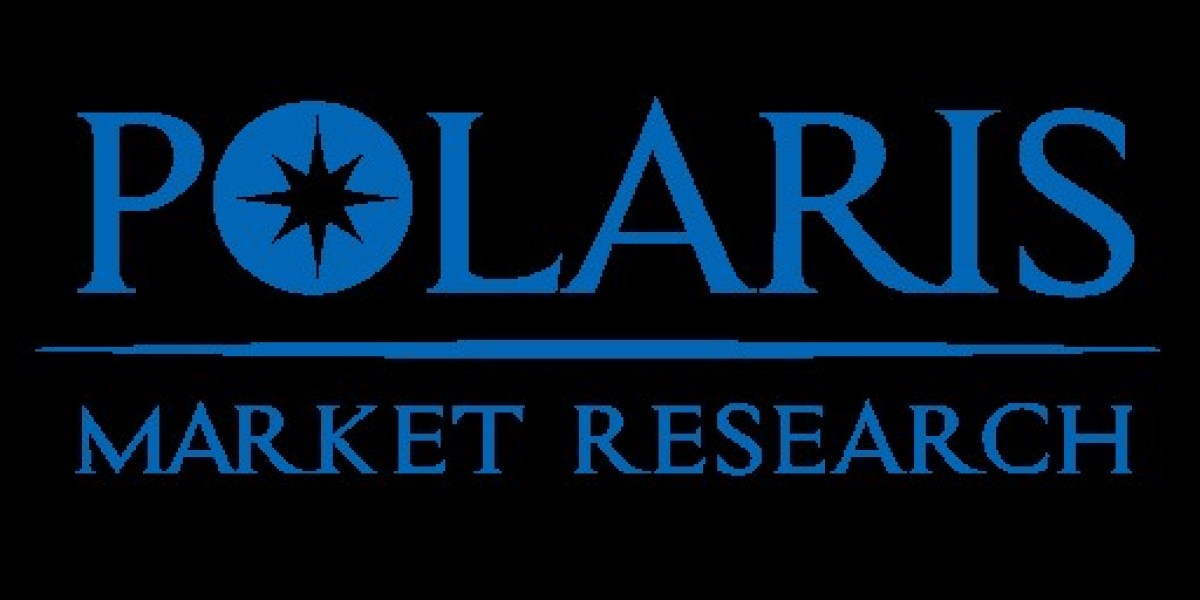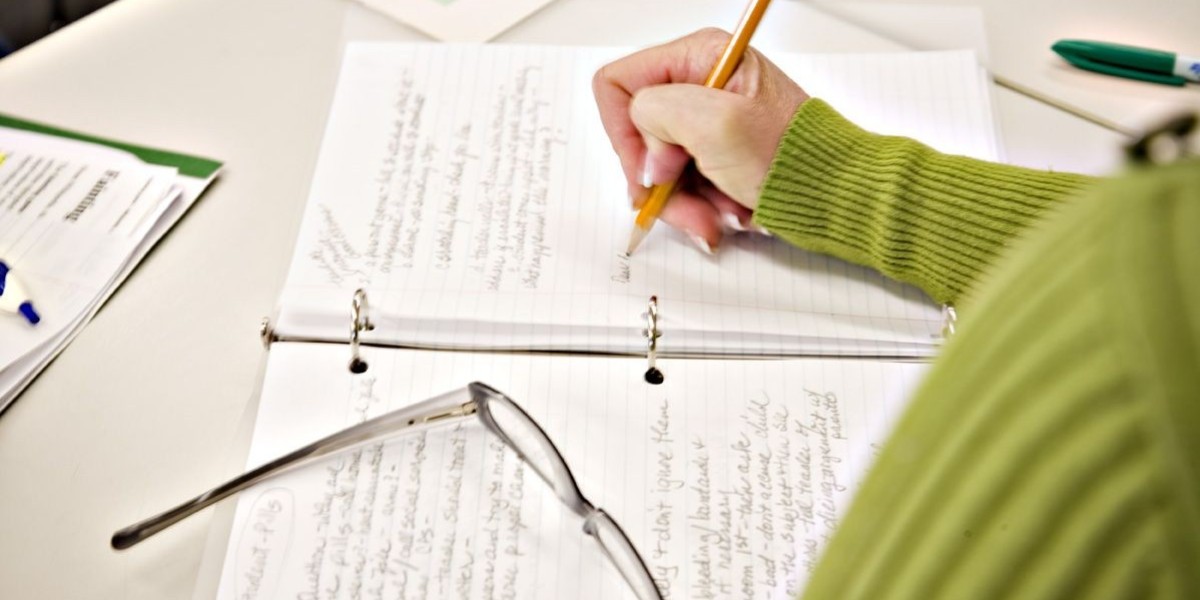Valued at USD 532.38 million in 2024, the U.S. biostimulants market is projected to grow at a CAGR of 6.8% during the 2025–2034 period, reflecting the sector’s deepening role in enhancing crop productivity and resilience through non-nutritive, physiological stimulation mechanisms. A segmentation-driven analysis reveals distinct growth patterns across product types, end-user industries, and application areas, each influenced by shifting customer preferences, pricing structures, and technological advancements. As competition intensifies, factors such as product differentiation, application-specific growth, value chain optimization, and segment-wise performance are becoming crucial differentiators among market participants.
By product type, the biostimulants market includes humic substances, seaweed extracts, microbial inoculants, amino acids, and protein hydrolysates. Humic and fulvic acids dominate current usage due to their soil conditioning properties and broad compatibility with existing fertilizer regimes. Seaweed extracts are gaining momentum, particularly in high-value horticultural crops, due to their rich content of phytohormones, minerals, and antioxidants that promote plant vigor. Microbial inoculants, including mycorrhizae and rhizobacteria, are experiencing rapid adoption in regenerative agriculture models, where they play a pivotal role in nitrogen fixation and phosphorus solubilization.
End-user industries show a clear bifurcation between commercial agriculture, greenhouse operations, and turf & ornamentals sectors. Commercial agriculture represents the largest consumer base, driven by the need for yield consistency in staple crops like corn, soybeans, and wheat. Greenhouse and vertical farming applications are rapidly catching up, particularly in controlled-environment agriculture (CEA), where precise nutrient delivery and root zone management are paramount. Turf and ornamental segments are also seeing increased demand for biostimulants that enhance color, texture, and drought tolerance in landscaping and sports fields.
Application-specific growth is evident in domains such as abiotic stress mitigation, nutrient uptake enhancement, and post-harvest quality improvement. Drought-prone regions in the Midwest and Southwest are increasingly adopting biostimulants that improve water-use efficiency and osmotic adjustment in crops. Similarly, vineyards and orchards are leveraging these inputs to enhance fruit set, sugar content, and shelf life. The rise of organic farming certifications and clean-label consumer preferences is further reinforcing demand for biologically derived stimulatory agents over synthetic alternatives.
Read More @ https://www.polarismarketresearch.com/industry-analysis/us-biostimulants-market
Pricing dynamics vary significantly across segments, with commodity-grade humic acid blends seeing downward pressure due to supplier oversupply and commoditization. In contrast, premium-priced microbial and seaweed-based formulations command higher margins, especially when bundled with technical services or extended warranties. Value chain optimization efforts are intensifying, with players focusing on upstream partnerships with raw material suppliers, just-in-time inventory systems, and digital procurement platforms to improve cost predictability and responsiveness.
Trends suggest a growing preference for integrated biostimulant platforms that combine formulation science with agronomic advisory services, mobile diagnostics, and precision application equipment. Segment-wise performance assessments indicate that companies emphasizing product differentiation—such as offering proprietary fermentation strains, co-formulated bio-stimulatory packages, or field training programs—are outperforming peers focused solely on bulk ingredient sales. Additionally, collaborations between biostimulant suppliers and agtech firms are enhancing data-driven decision-making and reinforcing brand loyalty in a fragmented market landscape.
Competitive Landscape:
- BASF SE
- Corteva Agriscience
- UPL Limited
- Koppert Biological Systems
- Valagro SpA
- Isagro SpA
- Stoller Enterprises, Inc.
- Italpollina S.p.A.
More Trending Latest Reports By Polaris Market Research:
Medical Device Testing Services Market
Sustainable Aviation Fuel Market
Ground Support Equipment Market
Plastics in Electrical and Electronics Market







